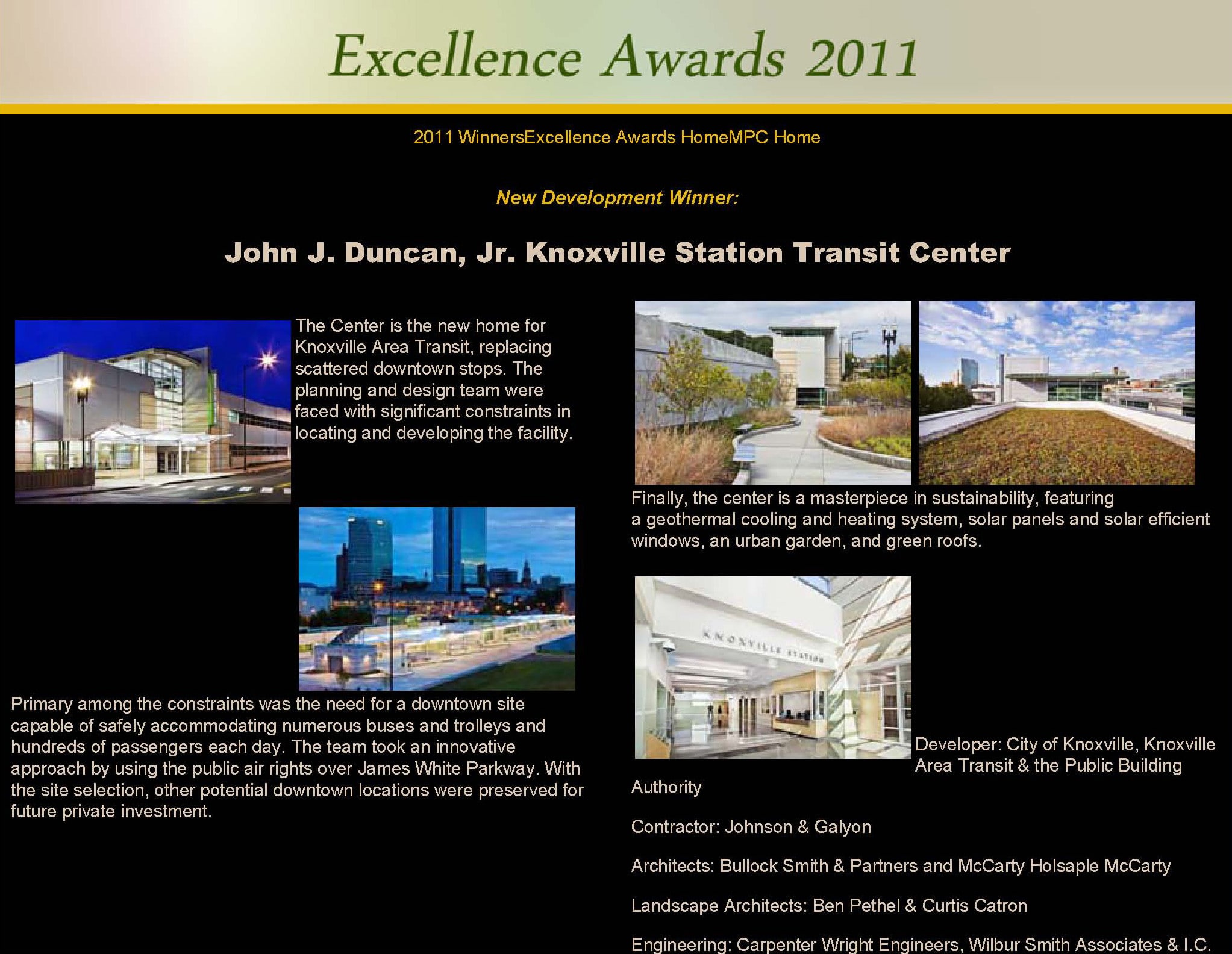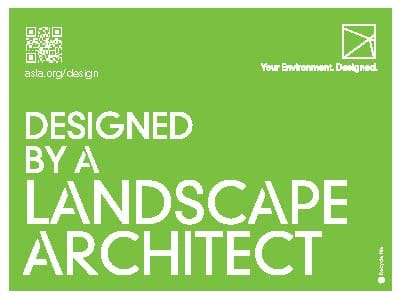by Ben Pethel | Sep 16, 2011 | News
There are a number of people in the landscape business who refer to themselves or advertise as Landscape Architects when, in fact they are not. ‘Back in the day,’ this was occasional and would often show up in the Yellow Pages, but with the advent of online media, the practice has become much more common. While it’s an illegal action, our legal system has plenty of more pressing matters. The most common misuse is by nurseries or landscape installation companies who include design services for free or at reduced rates with the purchase of landscape installation.
So, what is the difference between a Landscape Designer and a Landscape Architect? To start, anyone can call themselves a Landscape Designer, but to be a Lanscape Architect, one must be registered (often called licensed.) While many universities offer degrees in Landscape Design which are certainly beneficial, there is no educational or experience required to practice as a landscape designer. This results in wide range of ‘practitioners’ which may be extremely talented or may not have any knowledge whatsoever about landscaping. The running joke is “Green side up!…”
A Landscape Architect, on the other hand, must meet the following requirements:
- Receive a degree from a College with an Accredited Landscape Architecture program,typically 5 years for an Undergraduate Degree or 3 years for a Graduate Degree
- Practice under a Registered Landscape Architect for a period of time. (Apprenticeship). The time varies by state; The State of Tennessee requires a minimum of 3 years. During that time and until Registered, one is called a Landscape Architect Intern.
- Take and pass a National Standardized exam called the L.A.R.E. (Landscape Architect’s Registration Exam) The multiple-part test takes several days and often takes several attempts to pass all sections. Approximately 5% pass the entire text on the first try.
- Depending on State of Registration, an additional section may be added to the L.A.R.E. Georgia, for example, has an additional section on plants.
- Maintain an active Registration in each state of practice. This typically involves obtaining a specified number of Continuing Education credits during a one or two year cycle, as well as fees for each state.
- Some states, such as Tennessee, require taxes in addition to standard state and federal taxes, such as the Professional Privilege Tax.
So, there’s the difference between the two names. Soon, we’ll discuss some of the differences in services offered by each.
by Ben Pethel | Aug 31, 2011 | News
The Penland Studio is pleased to announce that the John J. Duncan, Jr Knoxville Station Transit Center received a 2011 Excellence Award from the MPC in the category of New Development.

As part of the Design Team, our responsibilities included design of the landscaping, the exterior hardscaping, planters, paving and drainage on structure at the Pedestrian Plaza and Green Roofs. In addition The Penland Studio consulted on the project’s application for LEED Silver approval.
by Ben Pethel | Aug 24, 2011 | News
Many of our projects at The Penland Studio – Landscape Architecture begin with Landscape Master Plans. So, what is a Master Plan and why are they needed?
To begin, one must understand the role of the Landscape Architect. Everyone understands that we design with plants, but we also design with a variety of other materials used for various purposes such as paving, decking, fencing, lighting, stormwater management, water features, walls (both freestanding and retaining), site furnishings and so forth. While individuals or firms may vary, planting design accounts for about 15% of our work.
Master Plans are a design tool which allows us to marry all of the outdoor spaces and experiences into a comprehensive plan which considers all aspects relevant to spacial design such as form, color, texture, fragrance, pedestrian circulation, vehicular circulation, grading, drainage, site geometry, utilities, existing conditions, views, vistas, screening needs, etc. When completed, a Landscape Master Plan provides our clients with “the big picture” of how all elements will ultimately work together to create and enhance outdoor spaces.
A major advantage of starting with a Master Plan is that, when completed, it can be used to estimate construction costs and phase work into smaller projects. Clients may want do do portions of the work themselves or with their own forces. Other elements, such as the location of a future swimming pool for example, may dictate where utilities are placed for a more immediate outdoor kitchen.
In addition to providing a comprehensive and harmonious design, Master Plans can be invaluable over time by illustrating where future elements will be located. Much like the carpenters’ saying, “Measure twice, cut once,” Landscape Master Plans can prevent costly mistakes.
by Ben Pethel | Aug 16, 2011 | News
The Penland Studio – Landscape Architecture is excited about about participating in the American Society of Landscape Architect’s (ASLA) upcoming Landscape Architecture Awareness Campaign.
ASLA’s campaign is an effort to introduce the public to the profession and provide awareness of the varied project types. The Penland Studio provides design services for both residential and commercial clients. Our projects vary in scale from refurbishing existing gardens to urban parks and everything in-between. On 8.17.2011, the ASLA is encouraging Landscape Architects to place signs on several of their favorite projects indicating that the space was designed by a Landscape Architect.
We would love to introduce the public to our residential work, but to protect our clients’ privacy, we’ll stick to public and commercial facilities. (Of course, we would be glad to arrange private tours by appointment.) On Wednesday, please look for signs at:
- The Knoxville Station Transit Center on Church Avenue
- AAA of East Tennessee on 5th Avenue
- Market Square and Krutch Park in Downtown Knoxville
- World’s Fair Park and The Knoxville Convention Center off Henley Street
- McGhee Tyson Airport interior fountain
- Sevierville Events Center grounds and fountains
by Ben Pethel | May 15, 2011 | News
Well, after months of work by many, we are finally ready to take our website LIVE!
I would like to thank everyone involved. Thanks to Debbie at Chilla Computer and Internet Services for putting all of the pieces together and for your patience. Thanks to Denise at Denise Retallack Photography for your beautiful work (and for braving the roof!) Thanks to Shauna for your diligence. Thanks to Josh for putting up with our design discussions and thanks to all of you who reviewed drafts and offered your invaluable comments.
We are unbelievably excited to have an online presence as well as a cozy office in Knoxville’s Old City and we’re humbled by the success of our venture during the recession. Please stop by and visit or feel free to post your comments here.
-Ben



Recent Comments